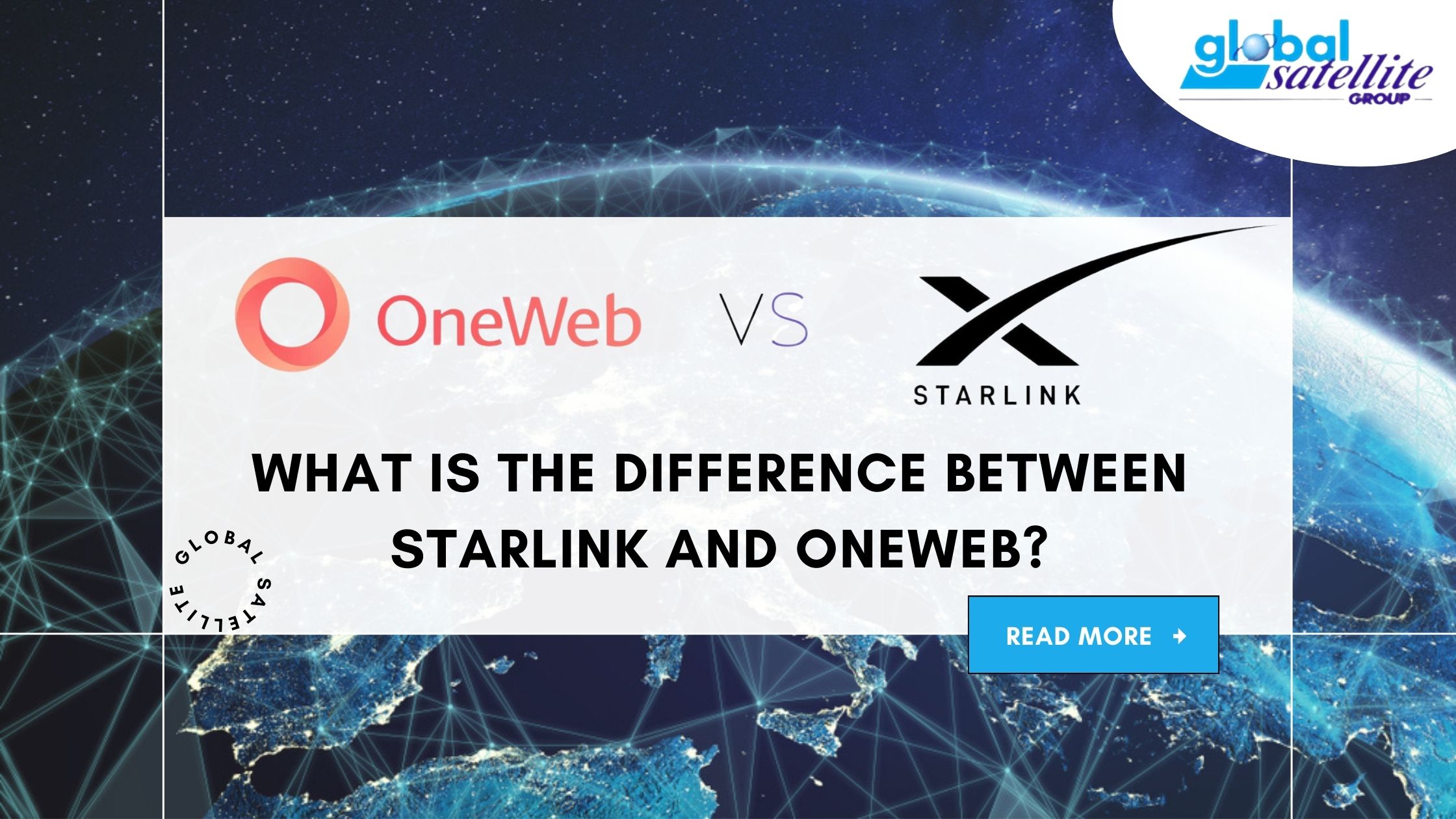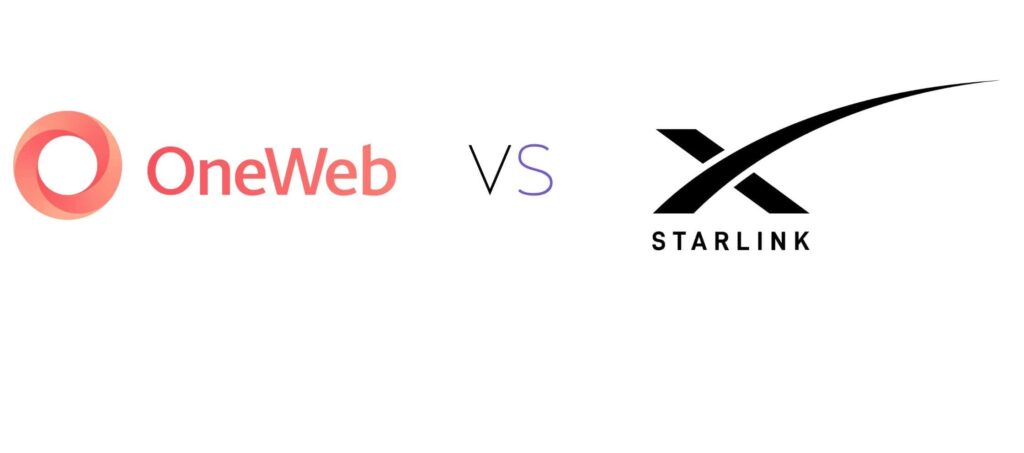
What is the difference between Starlink and OneWeb?
In the ever-expanding universe of satellite internet, two names shine brightly: Starlink and OneWeb. As a leading provider of communication satellite services, Global Satellite understands the importance of discerning the nuances between these two pioneering constellations. Let’s embark on a journey to explore the celestial disparities between Starlink and OneWeb.
1. Constellation Architecture:
- Starlink: SpaceX’s brainchild, Starlink, boasts a mega-constellation of thousands of low Earth orbit (LEO) satellites. This dense network aims to deliver global coverage with low latency, promising high-speed internet access even in remote areas.
- OneWeb: OneWeb follows a similar blueprint, with plans to deploy a constellation of LEO satellites. However, its approach involves fewer satellites compared to Starlink but still aims to provide global coverage with a focus on bridging the digital divide.

2. Deployment Progress:
- Starlink: With its ambitious rollout, Starlink has been rapidly deploying satellites and initiating beta testing phases in various regions. The constellation’s advancements have garnered widespread attention, positioning it as a frontrunner in the race for global internet connectivity.

- OneWeb: While facing setbacks in its journey, including bankruptcy proceedings, OneWeb has persevered and resumed satellite launches under new ownership. Despite the challenges, the company remains committed to realizing its vision of a connected world.

3. Performance and Reliability:
- Starlink: Early adopters of Starlink’s service have reported impressive speeds and reliability, showcasing its potential to revolutionize internet access, especially in underserved areas. The constellation’s low latency is a significant advantage for activities like online gaming and video conferencing.
- OneWeb: While still in the early stages of deployment, OneWeb aims to offer competitive performance and reliability. Its focus on providing connectivity to remote and rural regions underscores its commitment to bridging the digital divide and fostering global inclusivity.

4. Target Markets:
- Starlink: With its emphasis on high-speed internet access and low latency, Starlink appeals to a broad spectrum of users, including consumers, businesses, and government entities. Its potential applications range from rural connectivity to maritime and aviation services.
- OneWeb: OneWeb’s targeted approach prioritizes serving areas with limited or no access to reliable internet infrastructure. Its focus on delivering connectivity to underserved communities aligns with the United Nations Sustainable Development Goals, particularly Goal 9: Industry, Innovation, and Infrastructure.
Key Differences
Technology and Infrastructure
Starlink:
- Utilizes SpaceX’s Falcon 9 rockets for satellite deployment.
- Plans for a constellation of around 12,000 satellites, with potential expansion to 42,000 satellites.
- Uses phased-array antennas and advanced software to manage traffic and maintain connections.
OneWeb:
- Uses various launch providers, including Arianespace and Russia’s Soyuz rockets.
- Aims for a constellation of 648 satellites, with potential expansion.
- Employs a different satellite design and ground infrastructure to provide coverage.
Speed and Latency
Starlink:
- Promises download speeds of 100-200 Mbps, with potential future speeds of up to 1 Gbps.
- Latency ranges from 20-40 ms, which is relatively low for satellite internet.
OneWeb:
- Offers download speeds of up to 50 Mbps, with future improvements planned.
- Latency is expected to be around 30-50 ms, slightly higher than Starlink.
Coverage and Availability
Starlink:
- Currently available in limited regions, primarily in North America and Europe.
- Plans to expand coverage globally as more satellites are launched.
OneWeb:
- Focuses on providing coverage to the Northern Hemisphere, with plans to expand to global coverage.
- Targets rural and remote areas to bridge the digital divide.
5. Future Prospects:

- Starlink: As Starlink continues to expand its constellation and refine its technology, the possibilities for global connectivity are boundless. From facilitating telemedicine in remote regions to enabling precision agriculture, Starlink’s impact on various industries is poised to be transformative.
- OneWeb: With renewed momentum and strategic partnerships, OneWeb is poised to emerge as a key player in the satellite internet arena. Its commitment to providing affordable, high-speed connectivity to the world’s most remote locations underscores its potential to reshape the digital landscape.
Global Satellite: Your Trusted Partner
In conclusion, while both Starlink and OneWeb share a common goal of revolutionizing global connectivity, their approaches and trajectories exhibit distinct characteristics. As Global Satellite continues to navigate the celestial expanse of satellite internet services, understanding the nuances between these constellations is paramount. Whether it’s embracing the high-speed, low-latency prowess of Starlink or championing the inclusive vision of OneWeb, the future of satellite internet holds boundless opportunities for connectivity, innovation, and global progress.
Discover our Websites: globalsatellite.gi , globalsatellite.fr , globalsatellite.ky




